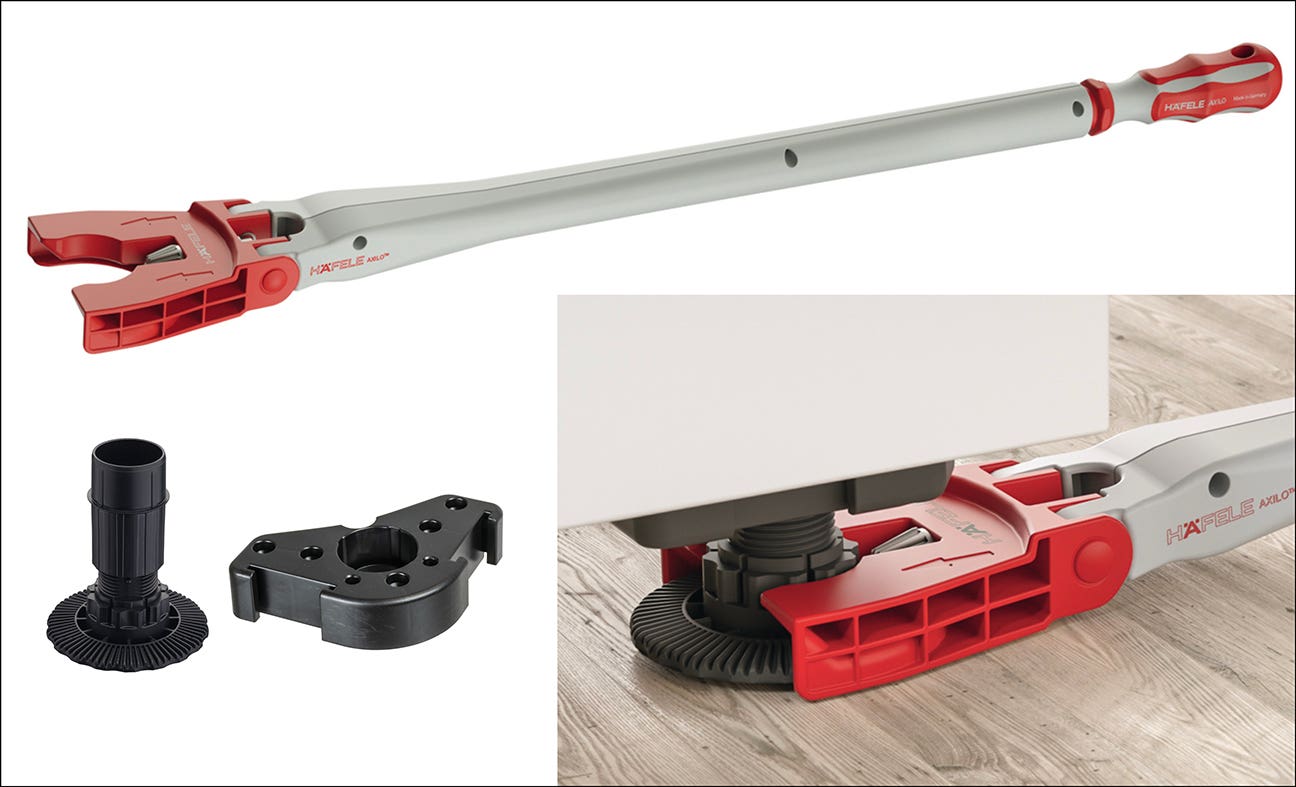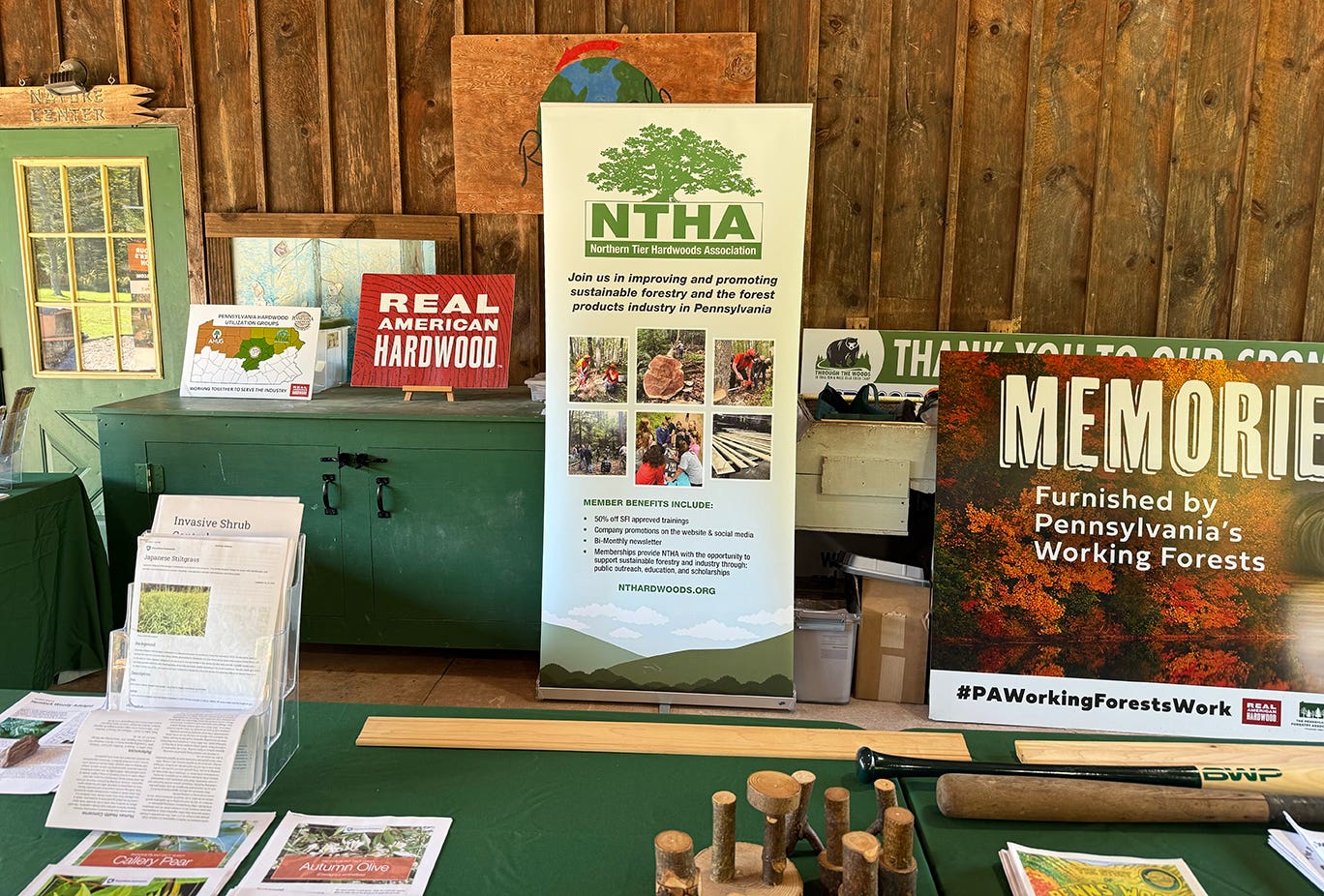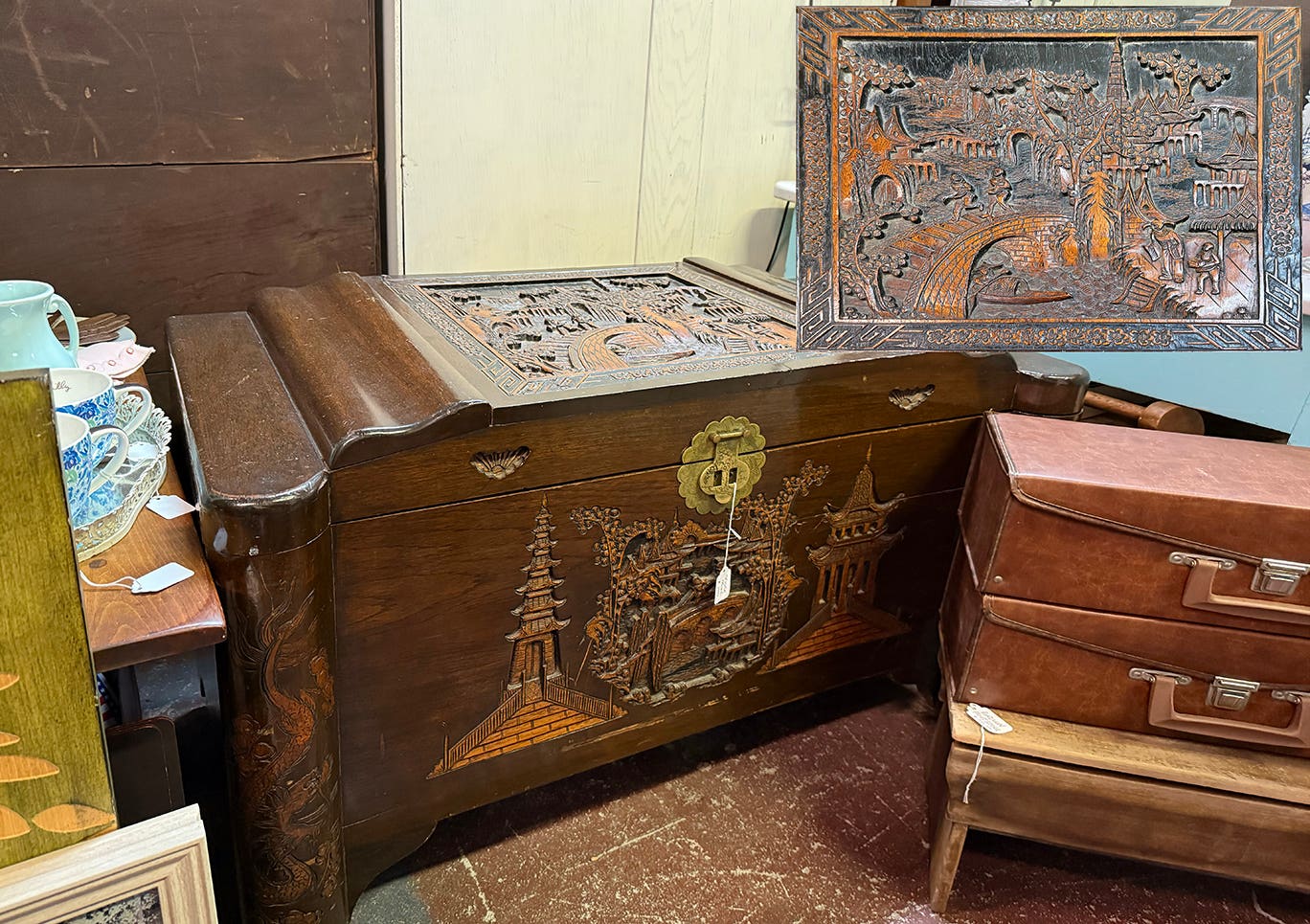Fair and un-square
We rely on so many things to be square in woodworking. Sometimes I rely on them too much… or not enough.
We rely on so many things to be square in woodworking. Sometimes I rely on them too much… or not enough.
Like you, I have several squares in my shop. The ones I use for furniture or anything requiring absolute squareness I check often. There are other squares in the shop, too, but they don’t go by that name. The fences on my table saw and jointer are a couple examples, and I also check and adjust them regularly.
But I’m not always so fussy with some of my quick-and-dirty squares. A good example of that would be the T-square I use for rough-cutting drywall and other sheet goods. Why not so fussy? Well, by nature those are rough cuts where perfection isn’t required. For that matter, house framing is never square anyway, so the need for perfectly square drywall isn’t critical. If you’ve been reading about my shop build the last few months you already know that I’ve been cutting drywall and paneling lately. Squareness, or rather anti-squareness, has been an issue.
The floor of my new basement shop is pretty flat, but it’s not perfectly level. Although the basement ceiling is level, the floor slopes by a tiny amount toward the walkout back wall. Whether by design or error I have no idea, but it means the ceiling is marginally higher at the back of the basement. For 99 percent of homeowners, this is a non-issue, but for my build it means that drywall running front-to-back should be trimmed at an incredibly slight angle as the ceiling height decreases.
Unfortunately, I missed this until after I’d already hung a few sheets.
However, I know that my old T-square is ever so slightly out-of-square. And once I realized the ceiling height issue I took advantage of its un-squareness. By always orienting the square on the drywall edge that faces to the back of the house, my cut lines – by sheer dumb luck – compensated perfectly for the height differential.
I’d call that a square deal.
A.J. Hamler is the former editor of Woodshop News and Woodcraft Magazine. He's currently a freelance woodworking writer/editor, which is another way of stating self-employed. When he's not writing or in the shop, he enjoys science fiction, gourmet cooking and Civil War reenacting, but not at the same time.







